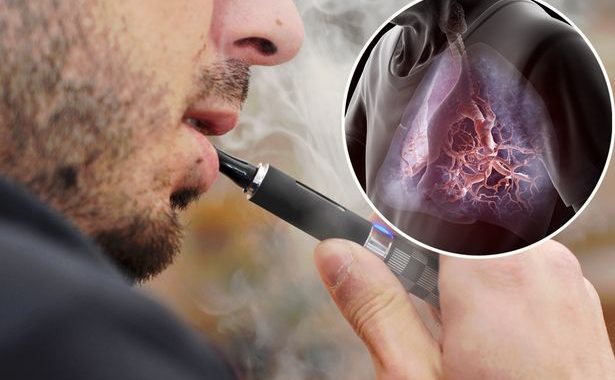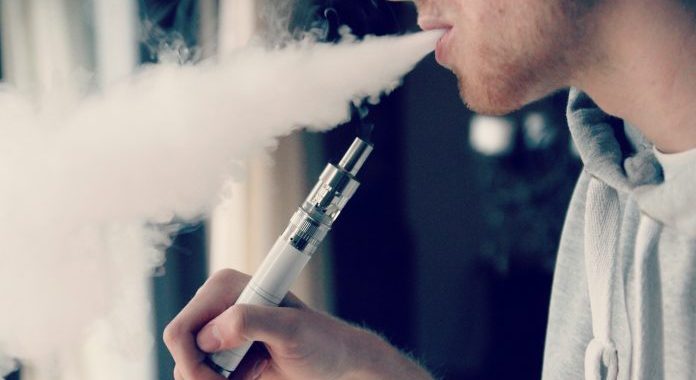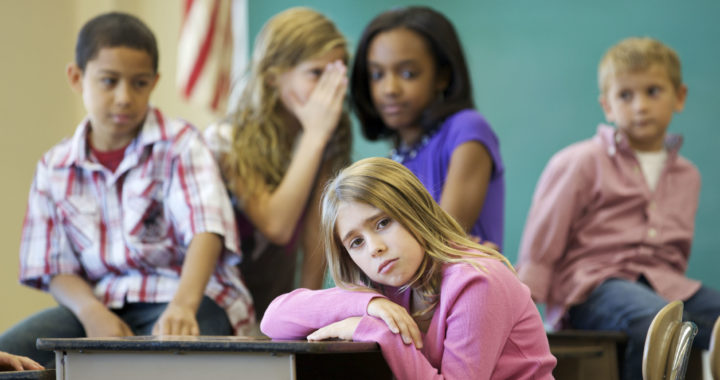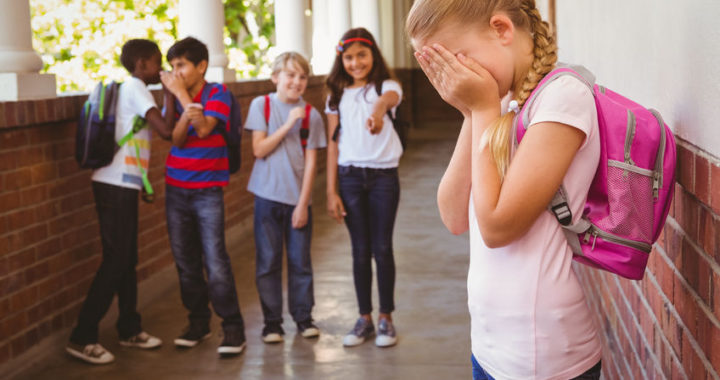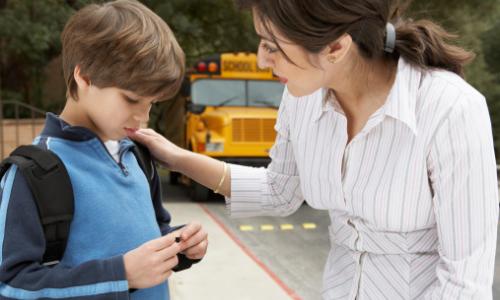CDC today announced the updated number of confirmed and probable cases of lung injury and deaths associated with e-cigarette product use, or vaping.
Patient with Lung Injury Cases
As of September 24, 2019, 805 confirmed and probable patient cases of lung injury associated with e-cigarette product use, or vaping, were reported by 46 states and the U.S. Virgin Islands.
CDC will continue to report confirmed and probable patient cases as one number because the two definitions are very similar, and this is the most accurate way to understand the number of people affected.
Deaths
12 deaths in 10 states: CA (2), FL, GA, IL, IN, KS (2), MN, MO, MS, OR
For updates on the CDC investigation of the Outbreak of Lung Injury Associated with E-Cigarette Use, or Vaping, visit: https://www.cdc.gov/lunginjury.
Learn More: cdc.gov

